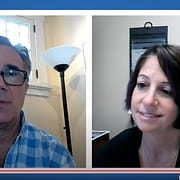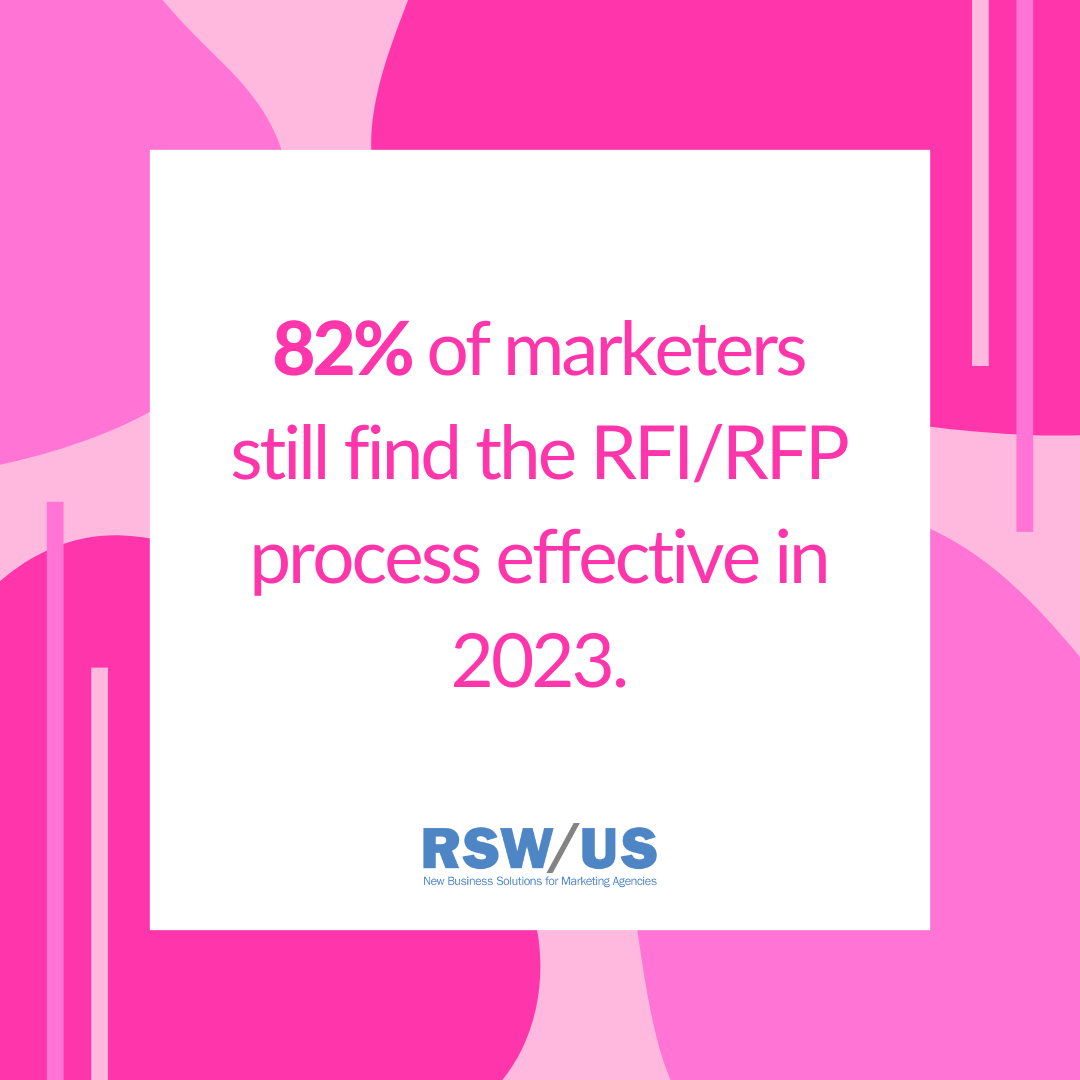Ghosting is cutting off communication for no apparent reason, and is one of the most frustrating aspects of ad agency lead generation.
I recently included a past blog post in our weekly newsletter and on LinkedIn and it struck a chord, although not the chord I was expecting with some agencies.
In brief, my post (The Frustrating Reason Companies Want To Change Their Ad Agency But Don’t) talked about marketers who want to change agencies, and are even vocal about it, but just aren’t feeling enough pain to make the change. (And on top of that, change is just hard.)
It wasn’t about getting ghosted really, but close enough that a fair amount of agencies who responded focused on their own struggles with prospects ghosting them, especially after a productive and solid first meeting.
A prospect ghosting you certainly isn’t new, but it does seem to be happening more lately.
I don’t need to tell you how insane it can make you feel, especially where you felt you connected with them in a meaningful way.
So in this post, I’m laying out a schedule and messaging to help you get unghosted. (Probably not a word).
Step One-Slow Your Roll
So you waited a week or so, and nothing.
You probably dropped an email or two, a text, maybe a call.
As hard as it is, that’s almost/probably too much.
Before you ever go down that road, here’s one thing you need to do before you end that awesome meeting with them:
Set the follow up date/time
I’m not going to pretend this is always easy, but you have to try.
And it’s a great time to do it, when everyone has the feels and optimism is high at the end of this great meeting.
If you’ve talked any potential next steps, but no follow-up dates, say something along these lines
Really appreciate all your time today and feel like we have a good understanding of how we can help. Noted on timing, we’ll sit tight, but would love to set a date to touch base so we stay on track.
There are an infinite number of ways to phrase it, but the point is to ask.
Step Two: There is typically a reason (or reasons) they’re not getting back to you
It will drive you a little crazy, but you have to be patient, and not come off as desperate, because more often than not, there’s something going on within the company or in their personal lives.
Yes, the prospect is ghosting you, but not intentionally (mostly).
Unfortunately for you, your agency is not priority number one at this point.
Case in point-I had a situation with a deadline and only heard crickets from an agency principal-I wasn’t sure what was going on, but was certainly starting to feel ghosted, and then she calls me from the hospital! (Thankfully all was ultimately OK.)
Just as a matter of course, your prospects are busy.
It is inconsiderate when they don’t get back, even with a brief update, but it is what it is.
But just because they’re not getting back doesn’t mean they’re not interested.
Having said that, you need a yes or no, right? (And ideally a yes.)
Step Three: Your Prospect Ghosting Schedule and Templates
Here’s a proposed “ghosting schedule” for you to follow.
I’m advocating 3 business weeks, and if you still haven’t heard anything, you move on.
In this scenario, no firm follow up date was established, and the discussed project/work, according to your prospect, is imminent. (If that’s not the case, obviously you’ll have to alter as needed)
-5 business days post-meeting:
Send an email:
- The ideal is opening with something you talked about with your prospect in the last meeting. Could be personal: a hobby, a favorite sports team or college, a trip-something you both connected with and since your meeting, something new has happened in that space/world you can share, or,
- Something that’s come up with their company in terms of news, announcements, or something on LinkedIn,
- Or, something worth sharing regarding your agency: news, new work, or content you’ve created to show how you think.
In this email, you’re not asking specifically about timing or next steps. The language is:
Hi X, I saw UK has won the last 3, there’s still hope. 😊
Looking forward to potential next steps-if it makes sense, I’ll plan on following up middle of next week, but if there’s a better day/time, let me know.
Have a great weekend,
X
This is a soft drop-in to keep you in front of them.
And ideally they respond here.
-8-9 business days post meeting
No response-so, rather than another email, I would go with a phone call next.
And you have a reason-you said you’d be following up in your email.
Ideally they answer, but if it goes to VM, the goal is to find or come up with something specific to mention from your last meeting:
Hey X, Lee McKnight at MPQ, I know you were hoping to get X project off the ground in the next several weeks. I’ll stay tuned, but if that’s changed, totally understand, we know timelines can be fluid. Look forward to talking again. Thanks, Lee
With this VM, you’re making sure you continue to be on the radar, and rather than asking about next steps and timing, you show some empathy, and indirectly ask about timing.
Rather than, “Why the hell haven’t you gotten back to me”.
Which is actually what you would like to say.
13-14 business days post meeting
Time to get direct. Even if they’re busy, now it’s just rude.
But again, probably a lot going on, and they may be waiting on someone else to get it rolling.
It’s not over yet.
I would go in with an email next:
Hi X, I want to make sure I stick with you-but I also don’t want to be a pest.
If the project is on hold, or pushed back, we totally understand, but would appreciate any update when you get a chance.
Thanks, Lee
Still showing some empathy, but now employing a more direct approach, and ideally getting a response finally.
19-20 business days post meeting
Damn. No response.
Time for the nuclear option
You can go with email, phone or text-depending on what this prospect tends to favor (if you have a feel for this) and what you’re most comfortable with.
It’s time for you to move on to other prospects.
With this email, which you very well may have a version of already, you’re closing the door now (although not permanently) and ideally making them feel a little bad they haven’t gotten back to you.
Hi X,
I’m guessing at this point you’ve changed course or moved in a different direction.
It was a real pleasure getting to know you and X company.
We would love to stay in touch, especially if this project resurfaces.
Thanks for your consideration,
Lee
You will typically get some kind of response after this.
The key is to take the high road, unless you just really don’t care about burning that bridge.
Because odds are the project is still alive in some form, but you need to focus your new business efforts elsewhere and stop spinning your wheels.
Any further contact and you will look desperate.
If you still get nothing back, they are either legit ghosting you, or that person has been fired. (I’m sure you’ve seen this)
(Which is why ideally you have more than one point of contact in that meeting.)
If they are legitimately ghosting you, it hurts, but you probably don’t want to work with them anyway.
Ideally this post is helpful-there will be many different factors in play that could change the cadence and copy in these steps, but ideally these are templates you can take and change as-needed.


















